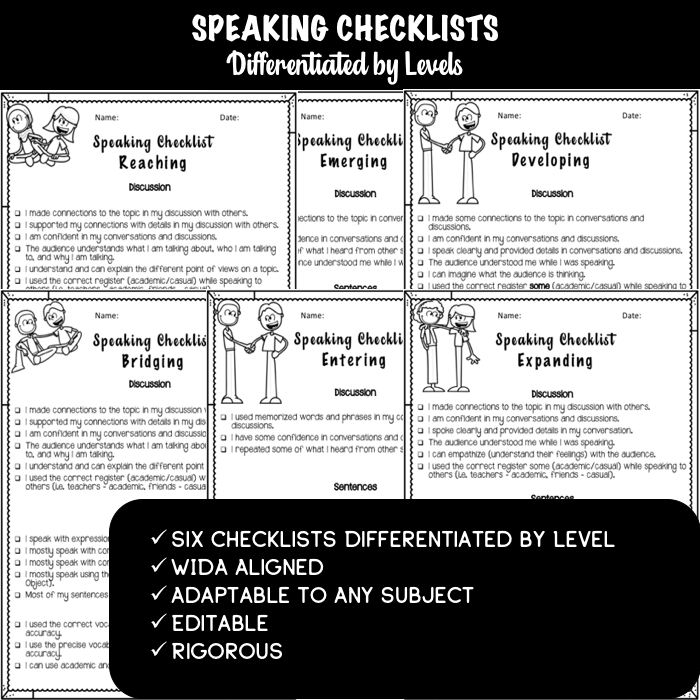
How I Became More Intentional with My ELLs
I was waiting anxiously to see how my students had performed on the language proficiency assessment. I knew after a year of hard work my students were the best in the state.
After looking at the data from ELLs I knew I needed to make an immediate change. I was teaching my heart out, but the data was not in line with it. I could not figure out what in the world I was doing wrong. Was it my instruction? Was I not being intentional with the data? Was I analyzing the wrong data?
I spent half the summer breaking down the data, but I still did not understand where I could have gone wrong. Then it hit me! My instruction for my ELLs needed to be intentional. I have included some examples for you to use to plan intentional interaction for your ELLs.

First, look at the data to determine areas of growth for your students. In most states there is a English Language Learner proficiency exam so you can have a starting point. Identify the areas of weakness. In my case I noticed the students were great listeners, but needed a push in speaking. Once you know where they need to grow you can intentionally plan your instruction.
Look at the rubric on how the students will be tested. I teach in a WIDA state, and found the rubric very helpful. As I was reflecting on my instruction after reviewing the rubric, I knew I had to be more intentional. I immediately created an ESL Speaking and Writing Rubric. It is student friendly, and the students love using them with their writing. For example, one of the indicators of the rubric was students speaking in compound and complex sentences. Therefore the students need to be speaking and writing in compound/complex sentences to move from one level to the next. This impacted my teaching substantially. I started including mini-lessons, and holding students more accountable in these areas.

Use district mandated tests to assess where your students are in reading and writing. There are some benefits in the district mandated assessments. I use them to identify gaps in reading and writing. During the school year, I was able to identify that my middle schoolers needed some intense instruction in phonics. You can also use those assessments to identify the immediate need of your students.
Being intentional has changed my teaching instruction. I am confident that my students are growing. I can see it in they way they write and how they speak in the classroom. It has even carried into other classrooms and their personal lives. I am confident that by implementing this in the classroom will have a positive effect on my students language growth.



